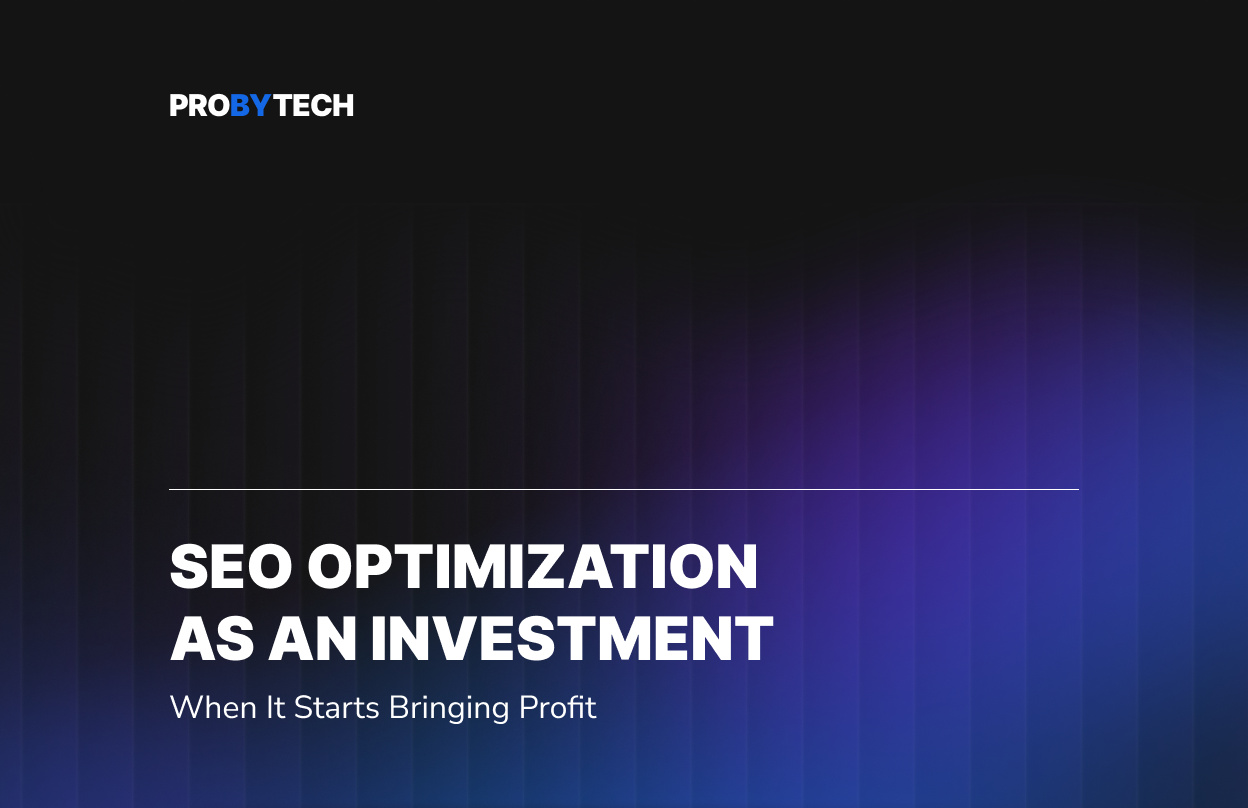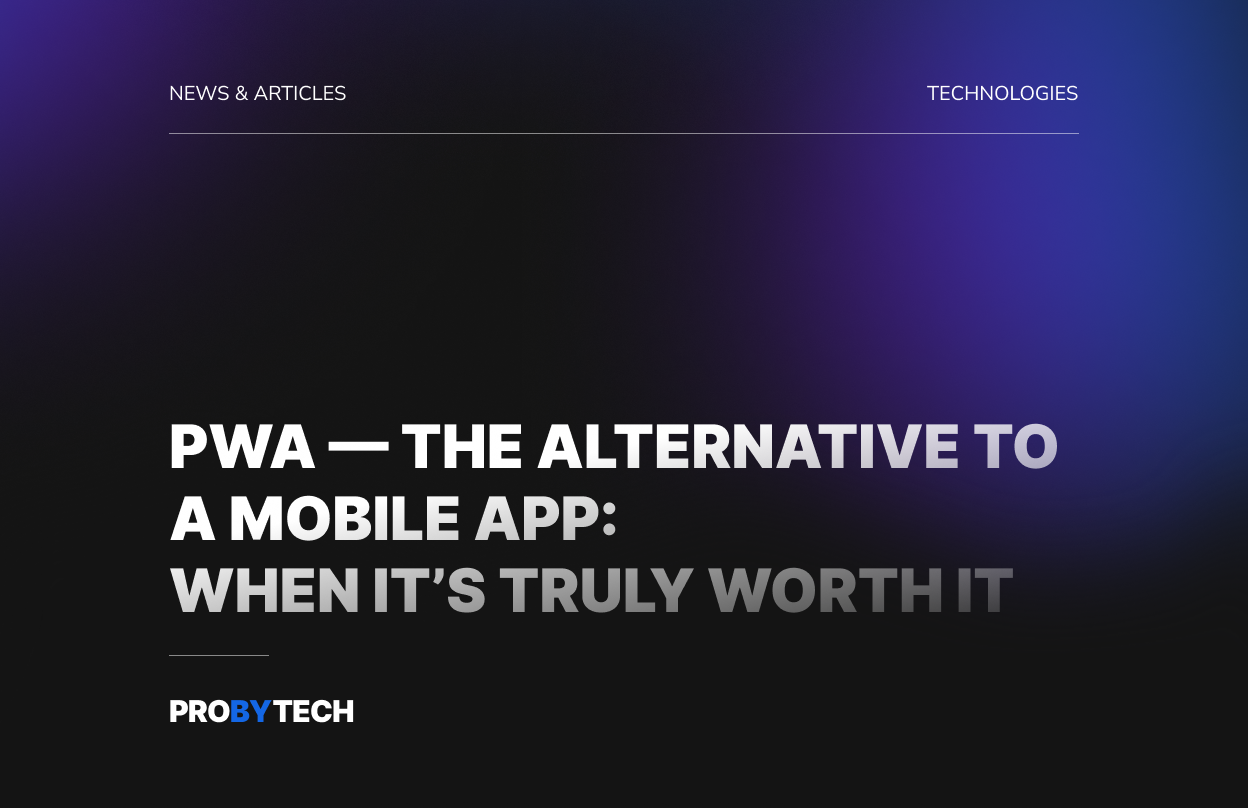Remarketing: How to Bring Back Visitors Who Didn't Convert

Not every visitor makes a purchase during their first visit to your website. But that doesn't mean the opportunity is lost. Remarketing helps you reconnect with users who have already interacted with your online store — viewed products, added items to the cart, or browsed categories — but didn’t complete a purchase.
This is a powerful tool that can significantly increase your conversion rate.
What is Remarketing?
Remarketing (or retargeting) is a digital advertising strategy that allows you to reach users who have already interacted with your website or mobile app but did not complete a conversion (such as a purchase or registration).
The main goal is to "catch up" with potential customers on other digital channels, remind them of your products or services, and encourage them to take action.
How Remarketing Works
When a user visits your site, a cookie is stored in their browser or a tracking pixel is triggered (e.g., Facebook Pixel or Google Ads Remarketing Tag). These tools record the visitor's actions — which pages they viewed, how long they stayed, whether they added anything to the cart, and so on.
This data allows you to build custom audiences and serve personalized ads to them later across various platforms where they spend time, including:
- Facebook and Instagram feeds;
- Google Display Network;
- YouTube videos;
- Mobile apps;
- Banners on third-party websites.
This way, you can remind users about the products they were interested in, offer limited-time discounts, or showcase similar items to re-engage their interest and bring them back to your site.
Types of Remarketing
Remarketing comes in various formats, with the choice depending on campaign goals, product type, and platform.
1. Standard Remarketing
The most universal option. You display ads to users who have visited your website but didn't complete a desired action. This can include banners featuring new arrivals, promotional offers, or simply your logo — designed to "reappear" in the user's view.
2. Dynamic Remarketing
The most effective for eCommerce. The system automatically creates personalized ads showcasing the exact products the user viewed. This format significantly increases the chances of return, as it shows exactly what the customer was interested in.
3. Remarketing Lists for Customer Emails
This option lets you upload a contact database (email, phone) and show ads to people who have already interacted with you — for example, made a purchase, subscribed to a newsletter, or participated in a promotion. It’s ideal for repeat sales, cross-selling, and reactivating old customers.
4. Remarketing in Mobile Apps
If you have your own app, you can target its users even after they have stopped using it actively. For instance, you can re-target users who viewed products or added them to the cart but did not place an order.
5. Video Remarketing (YouTube)
If a user has watched your video or interacted with your YouTube channel, you can include them in your remarketing campaign. This provides a chance to re-engage the viewer with emotional video content.
6. Remarketing in Search (RLSA)
This is remarketing in the search engine results. For example, if a user has visited your site and then searches for similar products on Google, you can show them a more attractive ad with a personalized message.
Why Remarketing Is So Effective
✔️Bringing back interested users. You don’t waste your budget on a “cold” audience.
✔️ Higher conversion rates. The user is already familiar with your brand, so the chances of making a purchase are higher.
✔️ Personalization. You can show exactly the products or offers that the user was interested in.
✔️ Flexible targeting. Segment your audience by actions on the website, device type, location, and more.
✔️ Frequency control. You decide how often and how long the ad will be shown.
Best Practices for Remarketing Campaigns
To make your remarketing campaigns more effective, follow these tips:
✔️ Segment your audience. Don’t treat all visitors the same. Create separate ad groups for product viewers, cart abandoners, buyers, and blog readers.
✔️ Limit ad frequency. Too many impressions can lead to banner fatigue or irritation. Set frequency caps to avoid overexposure.
✔️ Update your creatives. Rotate ad designs and messages regularly to keep them fresh and engaging.
✔️ Use strong CTAs. Encourage users to return with phrases like “Limited stock,” “Only today,” or “Your cart is waiting.”
✔️ Offer incentives. Discounts, free shipping, or bonus gifts can nudge users toward conversion.
✔️ Track and analyze. Use analytics tools to measure which audiences and creatives perform best and optimize accordingly.
Conclusion
Remarketing isn’t just about following users around the internet — it’s a thoughtful way to reconnect with people who were already interested in your offer. With the right segmentation, ad creatives, and strategy, remarketing can become one of your most profitable marketing tools — increasing sales, improving ROI, and deepening customer relationships.
🚀 Don’t lose warm leads — bring them back with remarketing.
Read next
- PROBYTECH
- News & Articles
- Promotion
-
Remarketing: How to Bring Back Visitors Who Didn't Convert









